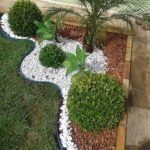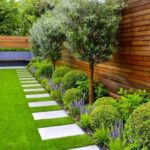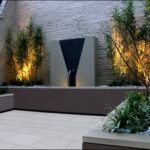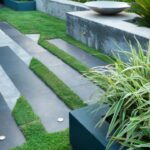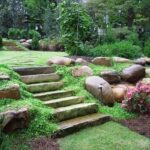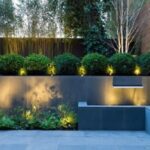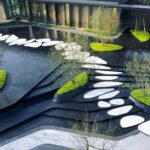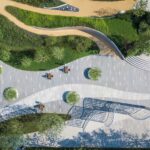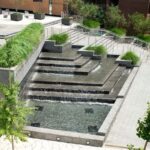Landscape design is the art of creating outdoor spaces that are not only visually appealing, but also functional and sustainable. Whether you have a small backyard or a sprawling estate, the principles of landscape design can help you transform your outdoor space into a stunning oasis.
One of the first steps in landscape design is to assess the existing conditions of your property. This includes taking into account the topography, soil type, sun exposure, and existing plants and trees. By understanding these factors, you can create a design that is well-suited to your particular site and will thrive for years to come.
Next, consider the purpose of your outdoor space. Are you looking to create a peaceful retreat for relaxation and contemplation, or a vibrant gathering place for entertaining friends and family? By defining your goals for the space, you can design a landscape that meets your specific needs and enhances your lifestyle.
When it comes to designing the layout of your landscape, consider the principles of balance, proportion, and unity. Balance refers to the distribution of visual weight in a design, while proportion is the relationship between different elements in the space. Unity, on the other hand, ties all the elements of the design together to create a cohesive whole.
Incorporating a variety of elements such as plants, trees, hardscape features, water features, and lighting can help bring your landscape design to life. Plants are perhaps the most important element in any landscape design, as they add color, texture, and movement to the space. By selecting a diverse mix of plants that are suited to your site’s conditions and your design goals, you can create a visually dynamic and healthy landscape.
Hardscape features such as paths, patios, and walls can define the structure of your outdoor space and provide functional areas for seating, dining, and recreation. Water features such as ponds, fountains, and streams can add a sense of tranquility and rhythm to your landscape design. Lighting, when strategically placed, can enhance the beauty of your outdoor space and extend its functionality into the evening hours.
Finally, don’t forget to consider the environmental impact of your landscape design. By selecting native plants, minimizing water use, and creating habitat for wildlife, you can create a sustainable and eco-friendly outdoor space that benefits both you and the environment.
In conclusion, the art of landscape design is about creating outdoor spaces that are not only beautiful, but also functional, sustainable, and tailored to your specific needs and lifestyle. By following the principles of balance, proportion, and unity, and incorporating a variety of elements such as plants, hardscape features, water features, and lighting, you can transform your outdoor space into a stunning oasis that provides joy and inspiration for years to come.

